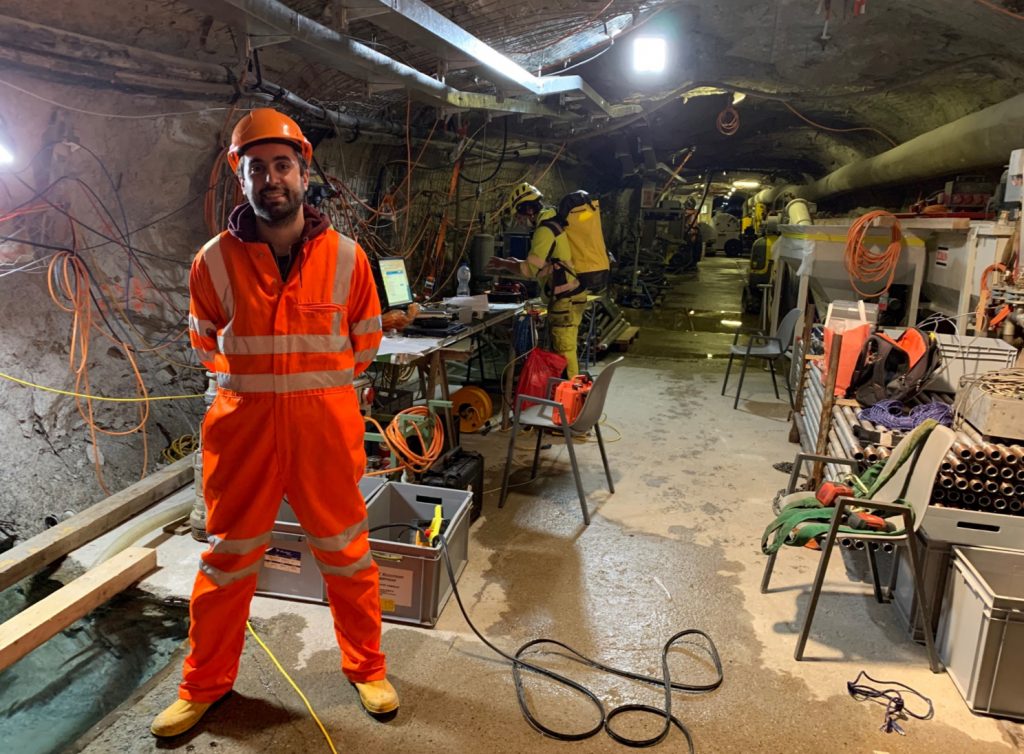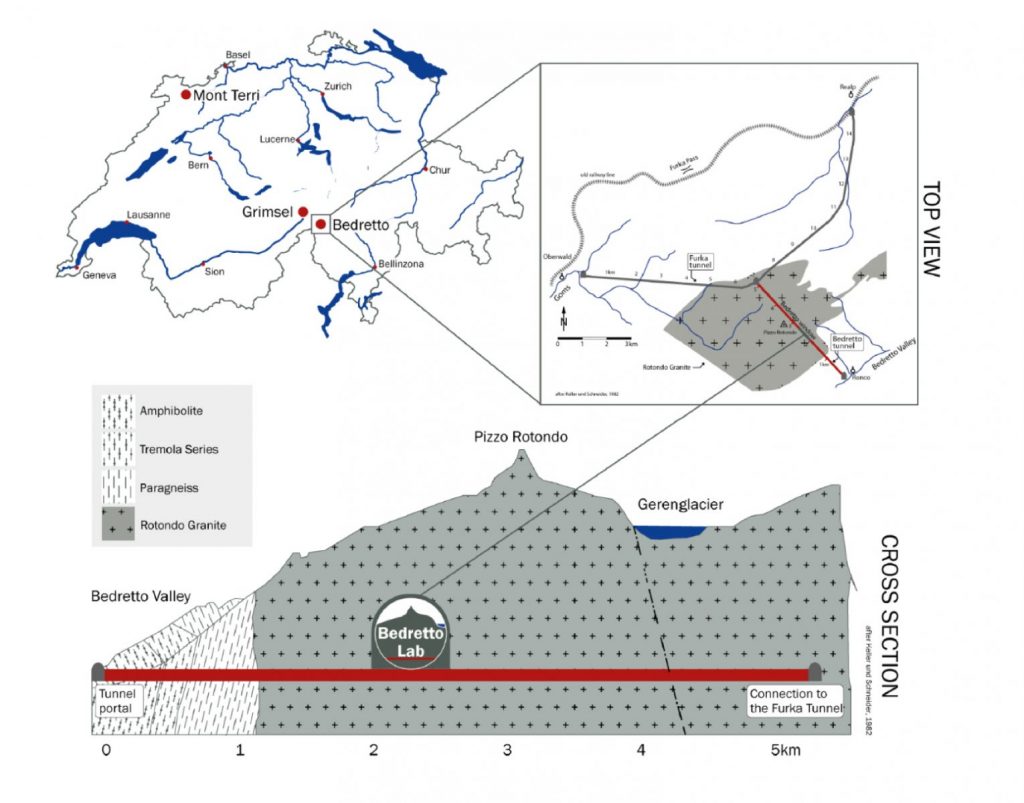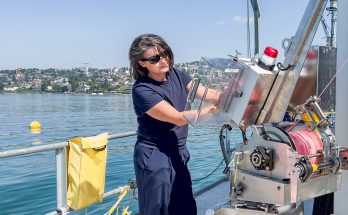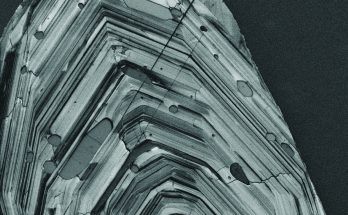Cette publication est également disponible en :
![]() Français
Français
Nicolas Barbosa has started in November 2020 an SNF SPARK project entitled “Borehole-based fracture unclogging experiment: bridging the gap between laboratory- and field-scale evidence”. This project emerged as a result of two research experiences. First, a PhD with Prof. Klaus Holliger, during which Nicolas Barbosa studied how seismic waves are affected by the presence of fractures and fracture networks. Then a first postdoc with Prof. Matteo Lupi at the University of Geneva, where he explored whether and how low-amplitude seismic waves can alter the properties of a fractured medium.

What is the main goal of your Spark project?
Understanding an important and ubiquitous, yet largely enigmatic, phenomenon: “fracture unclogging”. It manifests itself in major hydrogeological changes, such as unexpected variations in groundwater levels or spring flows. In addition, it seems that “fracture unclogging” may act as a trigger for volcanic or seismic activity. What could cause this phenomenon? Today, the most viable hypothesis is that propagation of seismic waves induces relatively weak changes in pore pressure, which could lead to the mobilization of colloids and fines that obstruct strategic parts of fluid pathways. My goal is to test this hypothesis – so far only supported by small-scale laboratory experiments – through well-controlled field experiments. I also plan to develop a realistic computational model, to simulate these observations and, thus, to improve our understanding of the governing physical processes.

Why is this project important to you?
Arguably, the most defining moment for a young scientist is when he/she can develop and manage the first project independently. Thanks to the SPARK program, I have this opportunity a few years earlier than is commonly the case in our academic system. That said, I am fully aware of the fact that, ultimately, the success of my project hinges on a wide range of collaborations with other scientists and research groups. Indeed, the associated “creative combustion” is, together with the scientific independence and the passion to address an unresolved problem, a key motivational driver for me.
Spark’s vocation is to support original, unconventional and high-impact projects. In what way does your project have these attributes?
Unravelling the physics governing “fracture unclogging” is not only a formidable scientific challenge. It can also lead to a number of potentially important practical applications. Amongst the latter, are the “soft” (that is, aseismic) stimulation of hydrocarbon and geothermal reservoirs to increase their energy production, as well as an improved risk assessment for various natural hazards, such as volcanic eruptions or earthquakes. So far, the only attempts to reproduce this process were performed on centimetre-scale rock samples under highly idealized laboratory conditions. At present, it is unknown how the evidence from these microscale experiment can be transferred over multiple orders-of-magnitude to the field scale, i.e. on a scale at least 100 000 larger, with all the complexities and unknowns that this implies. My idea is to perform mesoscale experiments (between cm and km) under the well-controlled conditions of the Bedretto Underground Laboratory. Specifically, I plan to use a fluid pressure oscillation approach analogous to that in the preceding laboratory experiments and various geophysical techniques for non-invasive monitoring.
Why did you choose the FGSE and ISTE to carry out your project?
I really enjoyed my time as a PhD student at ISTE. During my postdoc, I continued to collaborate with Prof. Holliger’s research group. In addition to a shared scientific focus, it has the required technical resources and has previously worked in the BULG and, thus, pertinent knowledge of the facility and people involved. This significantly facilitated the development and planning of my project. Since the beginning, I have received the full support from ISTE and the FGSE to host my project. The project has recently received additional financial support from the FGSE via the Matterhorn Grants program, for which I am also very grateful. This will permit the drilling of additional short boreholes in which geophysical instruments will be installed for continuously monitoring the hydraulic experiment.


